Continuous heart monitoring to evaluate treatment effects in pulmonary hypertension
Open Heart
MAY 7, 2024
Background The treatment of pulmonary hypertension (PH) has improved rapidly in recent decades. There is increasing evidence to support the role of early intervention and treatment in affecting clinical outcomes in PH. Methods Patients were compared before and after treatment escalation.

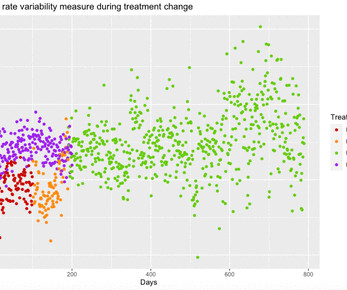
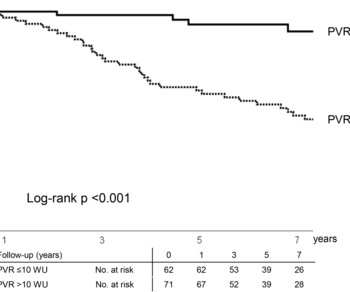



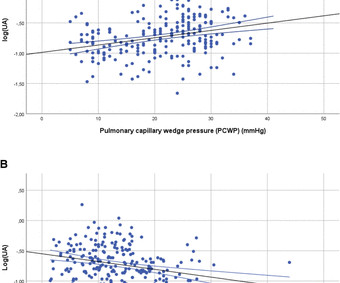

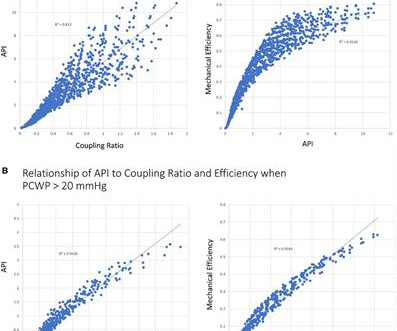


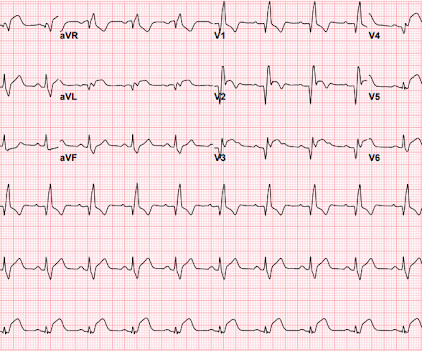









Let's personalize your content